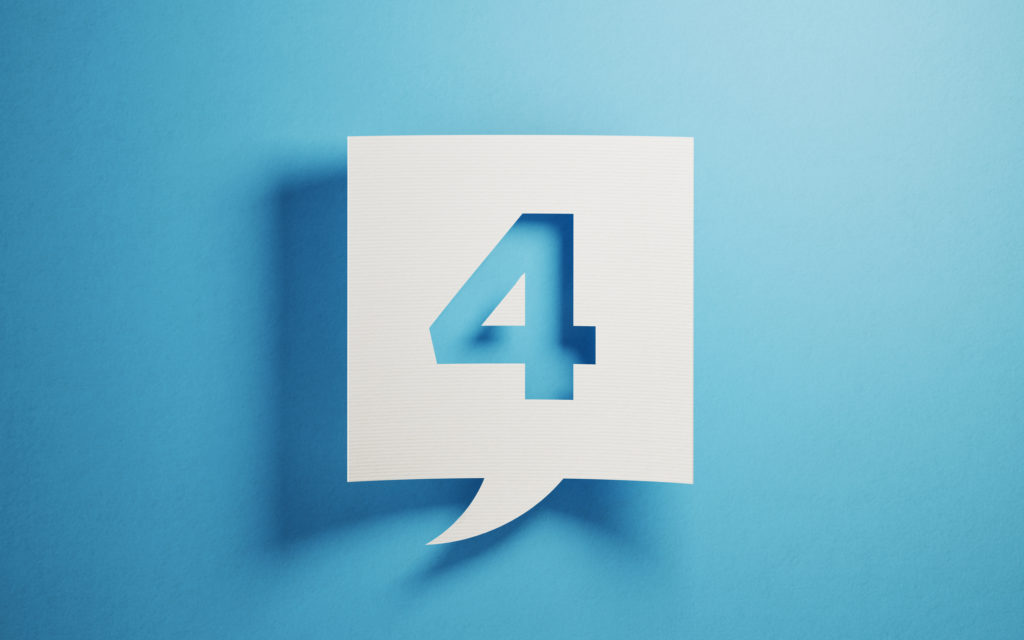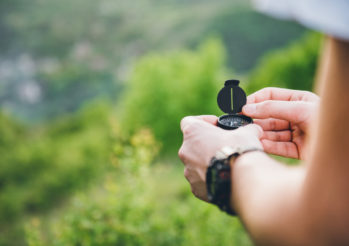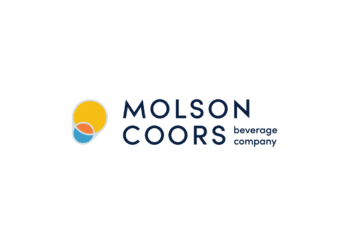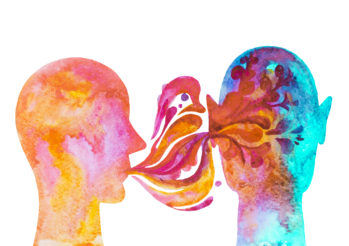The advertising industry has always been known for its indecision about how to best structure agency service offerings that universally meet the needs of brands and marketers. There have been constant and cyclical shifts between the industry’s desire to consolidate or to specialize. Should you be a large organization with buying clout and scale, or a small and nimble one with deep expertise?
While the only certainty in this decades-old debate is that it will continue to be a debate, there are certain categories of services that benefit from specialized expertise guiding the process and investment. Podcast advertising at scale is definitely one of them.
This may seem counterintuitive because podcasting is known to be the ultimate democratization of media creation and distribution—anyone with a microphone, laptop and something to say can create a podcast, right? The creation and distribution of podcasts are very open source and accessible in the same way that blogs and social media are. However, don’t let the ease of creating a podcast sway your perception about advertising on podcasts at scale. The podcast advertising ecosystem is in its nascent stages, and unlike social media it’s very fragmented and difficult to navigate.
The complexity of buying podcast ads is the result of four key factors:
- Any number of people can create and distribute their own podcasts. In fact, there are more than 2 million podcasts with 48 million episodes1 to choose from.
- The most effective ad creative is highly customized and often includes live reads or branded integrations.
- Most innovations in podcast ad tech have been designed to solve specific challenges within a silo, not to make holistically buying the media more turnkey.
- Measurement and attribution methodologies and technologies are not as advanced as digital yet.
Marketers are beginning to realize the immense potential of podcast advertising and continue to invest more of their media budgets year-over-year, with ad spend expected to hit more than $1 billion in 2021 and $2B by 2023. That’s up from $313 million in 2017.2 So with all of this influx of new advertising dollars, podcast advertising agencies have become the latest in high-demand specialty shops that brands seek out to help navigate this complex space.
Podcast advertising realities
Brands rely on the specialized expertise of podcast agencies to help with four key aspects of podcast advertising:
Finding and vetting shows. There are a lot, and I mean a lot of podcasts to choose from. When a brand sets out to find shows that will resonate with its target audiences, the possibilities may seem endless. Programmatic media buying in podcasting is on the rise, and while it can benefit brands looking for reach and frequency, the reality is that the platform ecosystem is still incredibly fragmented across all the different publishers. Additionally, pre-produced ads that are scripted and dynamically inserted into shows tend to not perform as well as live, host-read ads that are organically woven into the fabric of the show. Couple this with a lack of brand safety standards across the medium at the moment, and you can see where there is a strong desire to partner with a specialty agency to connect all the moving parts in a cohesive way. In the same way that finding the perfect influencer partners on social media can seem manually intensive and overwhelming, imagine doing that without the functionality of the social media platforms and the additional benefit of hashtags.
Once you make a list of potential podcast advertising partners, you need to begin vetting them for campaign fit by downloading and listening to at least two or three of their episodes. This will help you get a feel for the content and tone of their show and what type of ad creative may resonate best. This is far more arduous that simply scrolling through an influencer’s Instagram feed to get a sense of brand fit and content style.
Specialty agencies that have successfully run tens of thousands of campaigns have proprietary tools that assist with the selection process, as well as historical knowledge and relationships with the top-performing shows by genre. For example, at Ad Results Media we leverage our granular level of expertise built over 20 years, thousands of touchpoints, 10,000 individual podcasts tested and performance data collected.
Buying the media. Once the podcast partners have been selected and vetted, it’s time to actually buy the media. There are a number of networks and marketplaces that can simplify this process significantly, but they don’t fully solve for some of the inconsistencies. Rate cards and metrics may not be uniform or even IAB-compliant for that matter. And due to the high degree of creative customization often required to do host-read ads or brand integrations, you run the risk of miscommunications and unmet expectations.
A specialty agency provides its clients with a uniform view of planning KPIs and ad optimization metrics. It can leverage its experience and relationships to secure the right placements for the campaign goals and help produce, traffic and verify all ad creative.
Ad verification. Because there is no universal buying platform or industry standard third-party verification provider, verifying that your ads ran and ran correctly can become a very manual, time-consuming task for brands looking to navigate the space on their own. Some shows will simply send a link to the episode and require you to listen to it in its entirety to verify the ad placements. Others will provide actual airchecks or snippets of the show for verification purposes. Expect a number of different reporting formats with little standardization if you intend to place your own podcast ads.
At Ad Results Media, we have developed a custom ad grading system to address this lack of standardization. All spots are evaluated based on specific quantitative requirements, and endorsements are qualitatively graded on a multitude of components by a large team of audiophiles. Examples include:
- Placement: Where did the spot run? A spot receives the highest grade if it is run within the show’s content or in the first break.
- Duration: How long was the spot? Did it meet the time requirement of what was bought?
- Quality of the Endorsement: What was the tone, inflection, enthusiasm of the host’s delivery.
Measurement and attribution. As with any relatively nascent media channel, podcasts come with some measurement and attribution challenges. It’s the same fragmentation that complicates the entire ecosystem, compounded by the requirement that it works across all placement types, including audio ads (pre-roll, mid-roll, post-roll), host reads (pre-recorded or live), endorsements, custom segments, branded series and presenting sponsorships.
The best measurement solutions capture the signals from one or more of six measurement methods: promocodes, vanity URLs, post-transaction surveys, pixels, brand lift studies and local market analyses. A custom measurement plan is key to model a brand’s ROI. This helps to create an apples-to-apples comparison from which to make future planning and buying decisions.
Deep connective tissue in a nascent space like podcasting is especially important. Larger, more broad-spectrum firms can yield ease and efficiency in large media landscapes but with new, emerging marketplaces, a brand needs a company that can avoid pitfalls. As the podcast advertising space begins to mature and welcomes more and more advertisers, the solutions will begin to become more turnkey. But until that time comes, specialty agencies bring the expertise, tools and solutions to navigate this space successfully.
Link to original AdAge article.




